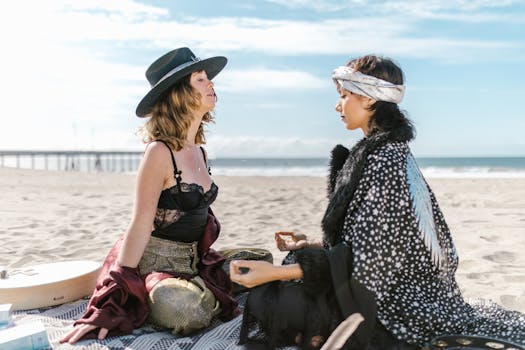You can check out some important books 📚 on this topic. 👉 Indian Polity and constitution Important Books.
Check your Progress and get points for your performance
Login & Start the Test
OR
Start the Test Without Login
OR
Scroll Down to See Questions
Click on Any Option to check right Answer and Explanation.
1 of 20
Q.1 As per the constitution of India, the minimum age of an Indian citizen to become the president of India is -
- 30 years
- 35 years
- 40 years
- 50 years
2 of 20
Q.2 Which amendment of the Constitution of India limits the number of Ministers?
- 73rd
- 87th
- 91st
- 86th
3 of 20
Q.3 In the Centre State Financial Relations in India, Gadgil formula is used in-
- division of tax revenue
- formulating the policy for fresh borrowing
- writing off states indebtedness to the centre
- Allocating central plan assistance between states
4 of 20
Q.4 The sitting of the house of the people may be terminated by-
- Adjournment
- Prorogation
- Dissolution
- All of these
5 of 20
Q.5 Part IV of the constitution of India deals with-
- Fundamental rights
- Citizenship
- Directive principles of state policy
- Union Executive
6 of 20
Q.6 The basic parameters of India's foreign policy were laid down by-
- Dr. Rajendra Prassad
- Jawahar Lal Nehru
- Dr. Sarvapalli Radhakrishnan
- Dr. Zakir Husain
7 of 20
Q.7 Can there be a common high court for two or more states?
- Yes
- No
- Only in financial emergency
- only in national emergency
8 of 20
Q.8 The right to vote in the national elections in India is based on the principle of-
- Restricted franchise
- Hereditary privileges
- Property qualifications
- Universal adult suffrage
9 of 20
Q.9 The Right to Information Act, 2005 came into effect on-
- 10 December, 2003
- 5 January, 2004
- 12 October, 2005
- 7 July, 2004
10 of 20
Q.10 Who appoints the governors of Indian states?
- Council of Ministers
- Vice-President
- Prime Minister
- President
11 of 20
Q.11 The Union Budget is presented in-
- The Lok Sabha
- The Rajya Sabha
- Joint session of the Lok Sabha and the Rajya Sabha
- Anywhere
12 of 20
Q.12 Money Bill has been defined by the constitution under Article-
- 109
- 110
- 111
- both (b) and (c)
13 of 20
Q.13 The Upper House of Parliament is known as-
- Parliament House
- Rajya Sabha
- Rashtrapati Bhawan
- Lok Sabha
14 of 20
Q.14 Democratic Decentralization in India means-
- More financial decentralization in favour of the states
- Decentralisation of the power in bureaucratic structures.
- Distribution of subjects between the centre and the states
- Establishment of Panchayati Raj
15 of 20
Q.15 Which Article relates to the "Right to Feedom"?
- Article 14
- Article 19
- Article 16
- Article 15
16 of 20
Q.16 How many fundamental duties have been provided in Article 51A of the constitution?
- 9
- 10
- 11
- 12
17 of 20
Q.17 Which of the following bodies is not a creation of the constitution?
- Financial commission
- Election commission
- Planning commission
- Union Public Service Commission
18 of 20
Q.18 how many Articles and schedules, in the constitution of India has?
- 448 Articles, 12 schedules
- 395 Articles, 8 schedules
- 450 Articles, 13 schedules
- 448 Articles, 10 schedules
19 of 20
Q.19 Power, authority, and responsibilities of municipalities are listed in which schedule of the constitution of India?
- Ninth
- Tenth
- Eleventh
- Twelfth
20 of 20
Q.20 By the amendment the salary of the president of India is-
- Rs. 50,000
- Rs. 1,50,000
- Rs. 75,000
- 850000
.png)




















.jpg)







 Pharmacognosy Aptitude Test
Pharmacognosy Aptitude Test  Basics of Physiology Practice Test part-1 for Staff Nurse and Pharmacist Exams
Basics of Physiology Practice Test part-1 for Staff Nurse and Pharmacist Exams